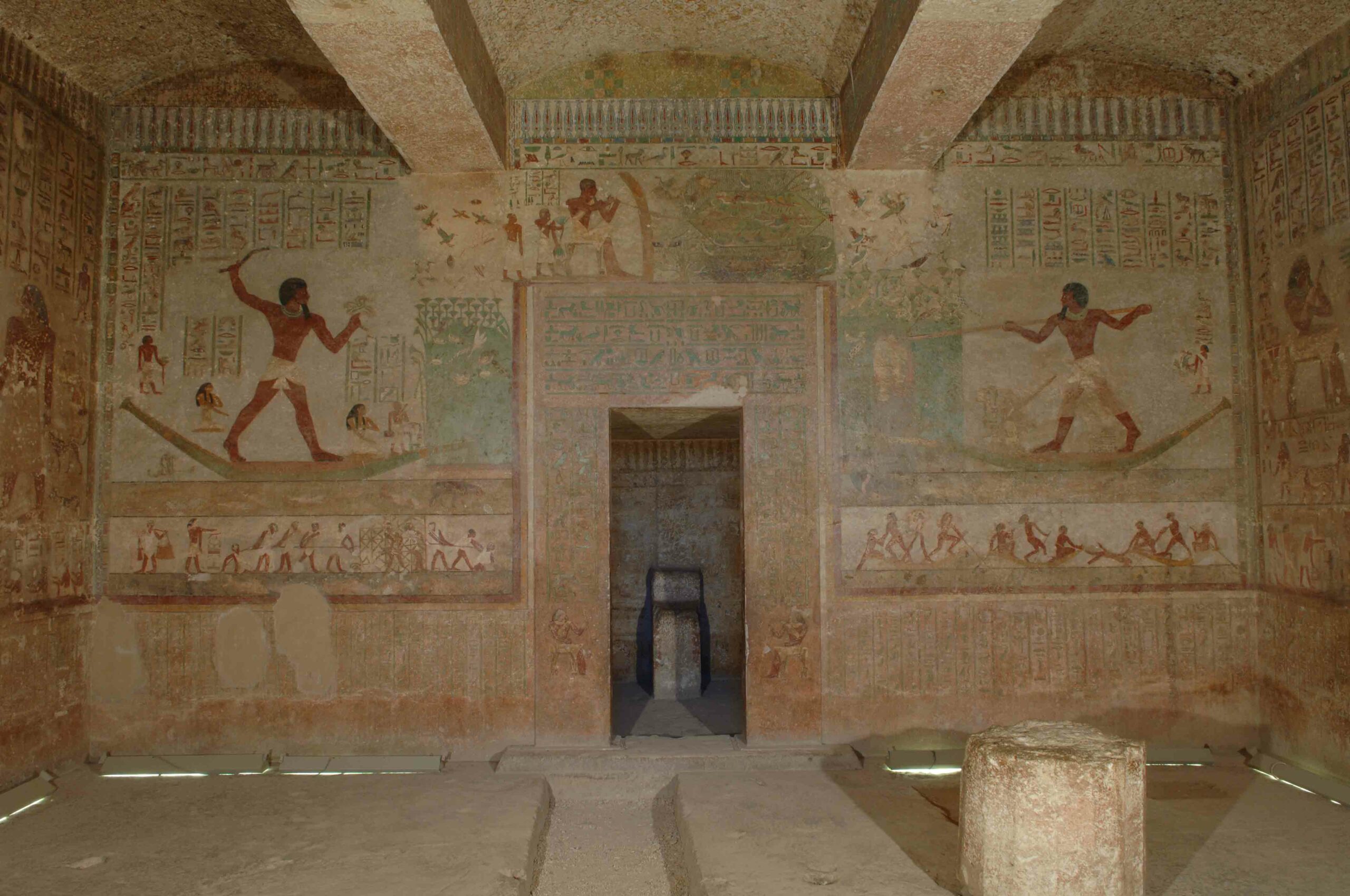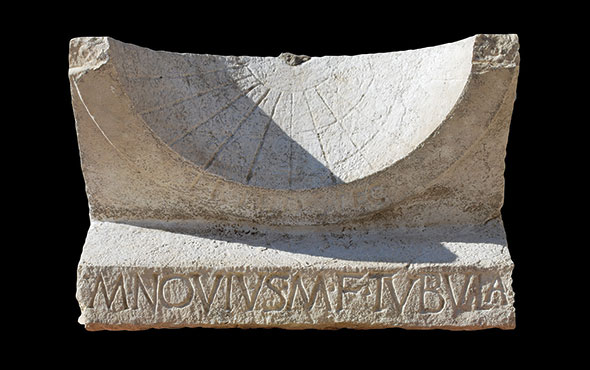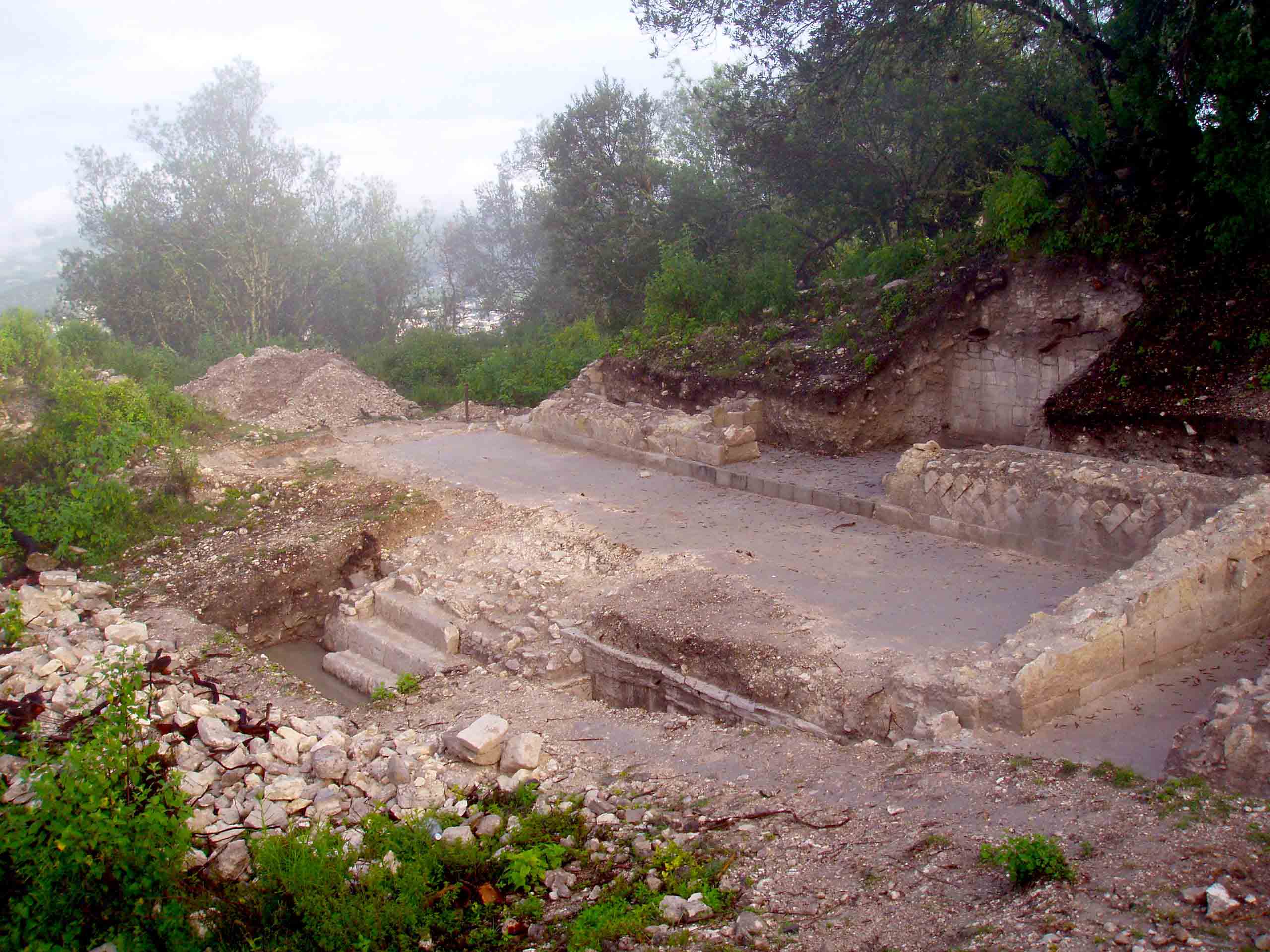
PALERMO, SICILY—According to a Live Science report, archaeologists led by Roberto Miccichè of the University of Palermo were investigating an artificial cave in northern Sicily where more than 50 people were buried some 2,500 years ago, when they found a lone skull that had been placed above the tomb’s main entrance, facing into the cave. The burials were looted at some point, but the researchers think the robbers used a different entrance to the cave and left the skull in its original position. As the researchers explain in a paper in the International Journal of Paleopathology, examination of the skull revealed it had belonged to a woman who died between the ages of 35 and 50. Her cause of death was cancer that the researchers suspect originated in her breasts and then spread to her skull, leaving 14 holes in it. Miccichè suggested that the distinctive markings on her bones may have led to the unusual placement of her skull. The woman’s role in the community during her life may also have been a factor, he added. To read about an unusual burial recently discovered in northern Italy, go to “Late Antique TLC.”










